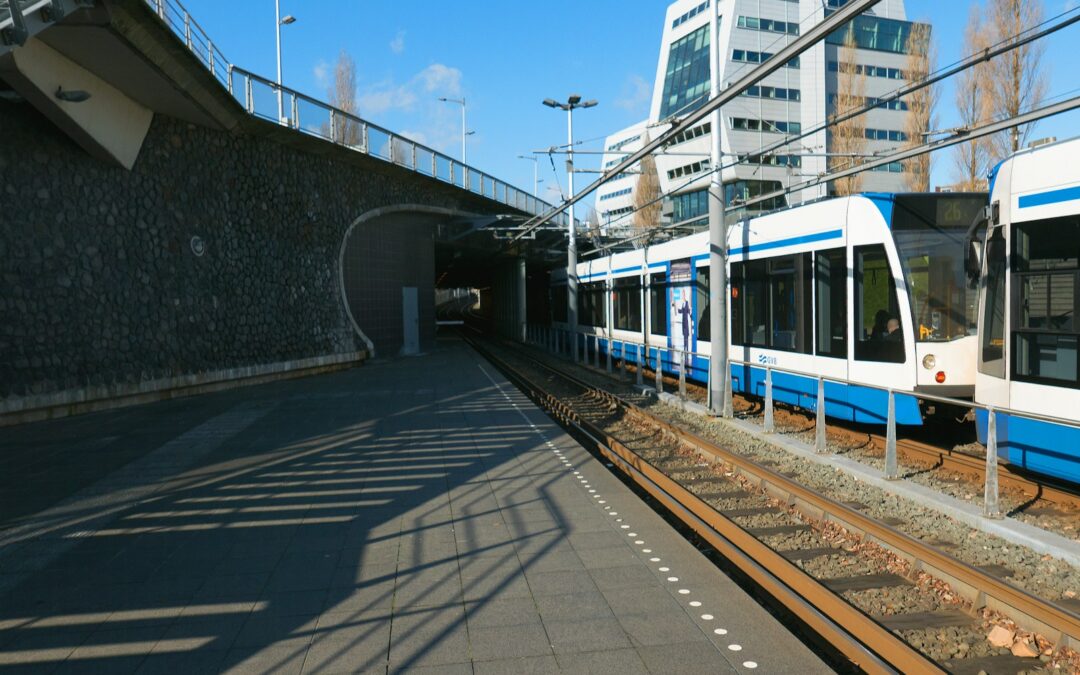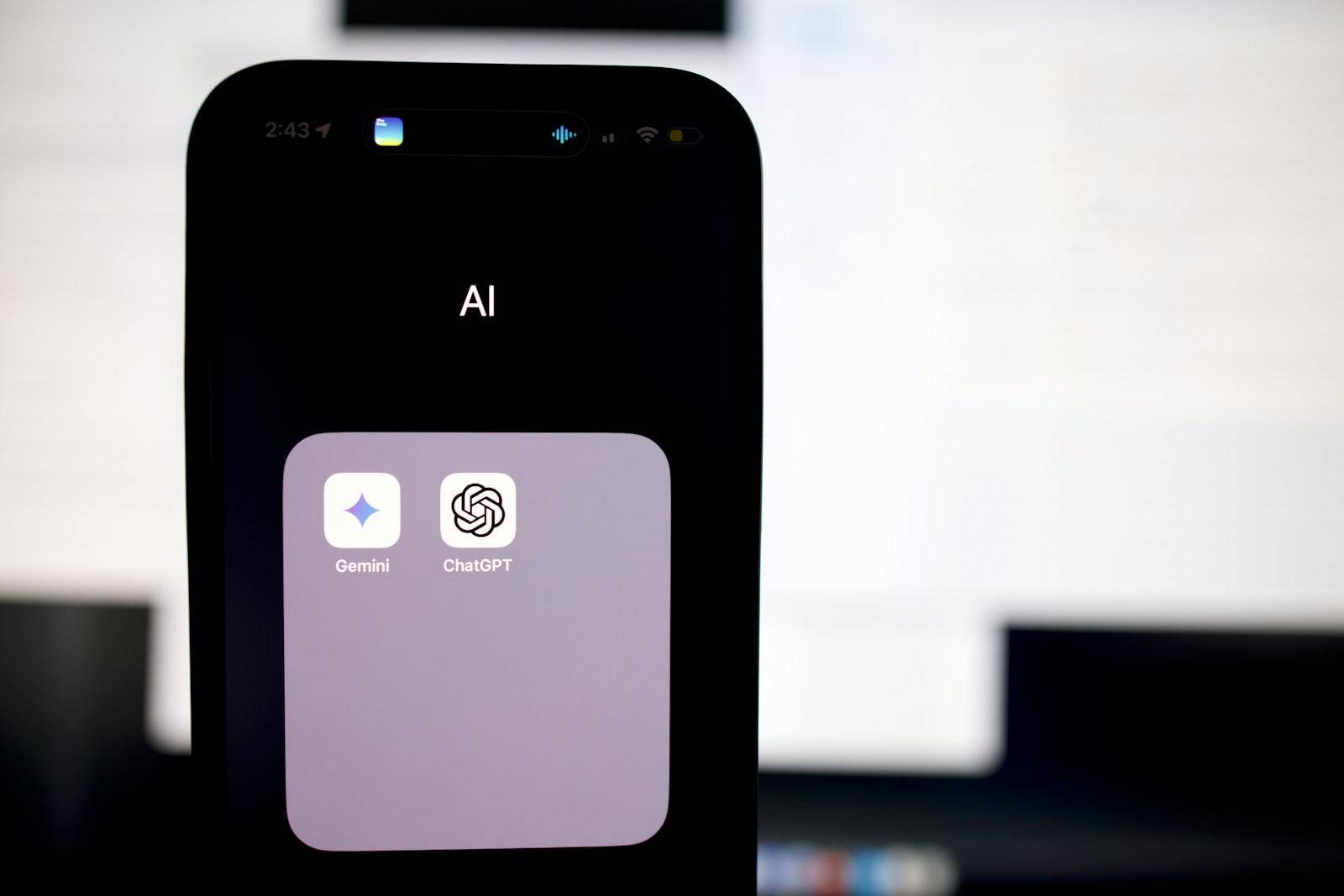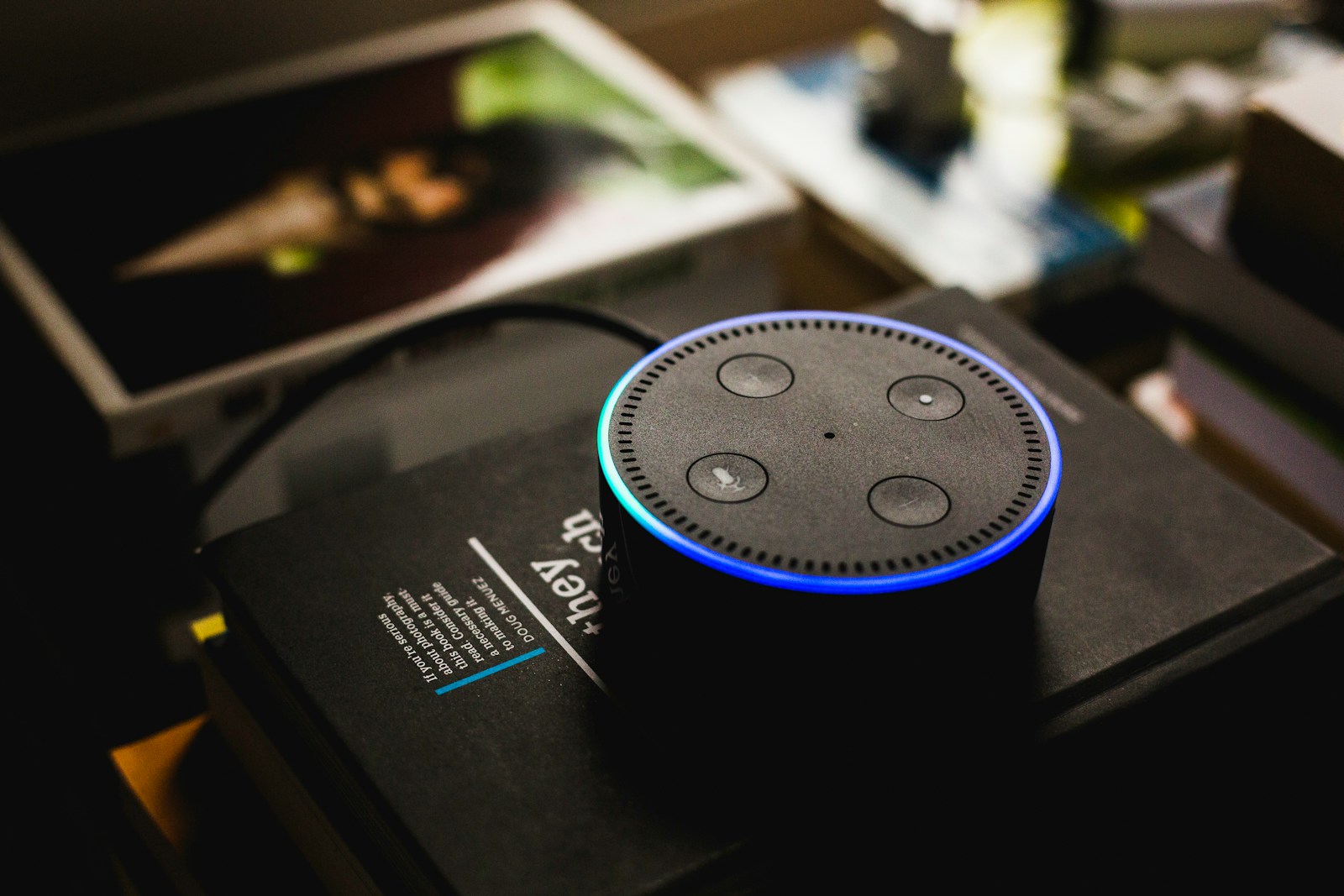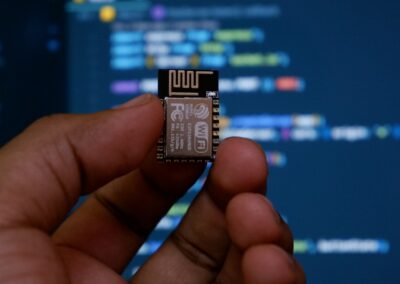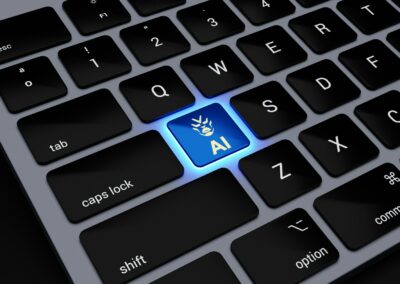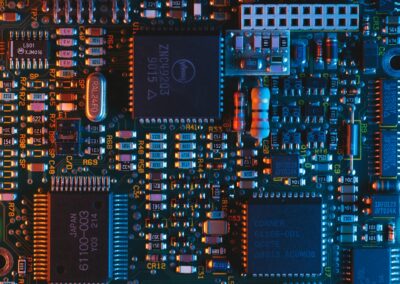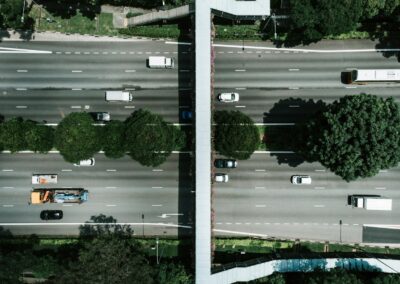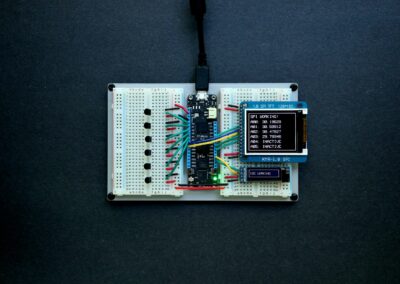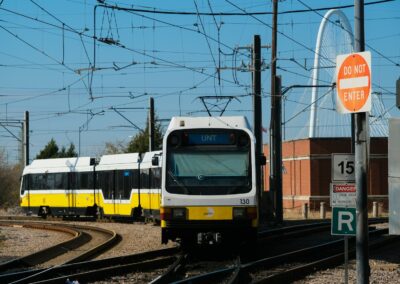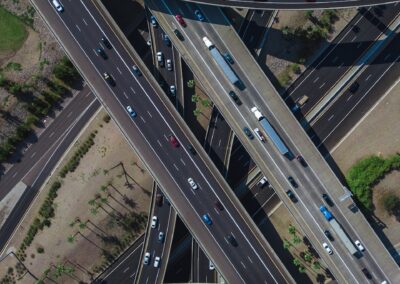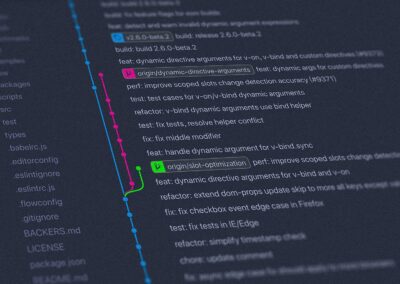Strategies for Successful IoT and Legacy IT Integration
Introduction to Integrating IoT Systems with Legacy IT Infrastructure
The complexities of Integrating IoT Systems with Legacy IT Infrastructure present significant challenges for many organizations, especially in technologically progressive regions like Saudi Arabia and the UAE. In cities such as Riyadh and Dubai, where modern technology rapidly advances, ensuring seamless integration between new IoT systems and existing legacy infrastructure is critical. This integration is necessary to leverage the full potential of IoT technologies while maintaining the reliability and stability of established IT systems.
For business executives and mid-level managers, particularly those in industries with significant legacy investments, the integration of IoT systems can seem daunting. Legacy IT infrastructures are often characterized by outdated technologies and architectures that may not be compatible with the latest IoT devices and platforms. This incompatibility can lead to data silos, communication issues, and operational inefficiencies that hinder the benefits IoT can bring to the business.
However, addressing these challenges is crucial for achieving digital transformation and sustaining competitive advantage. The integration of IoT with legacy systems can enhance operational efficiency, provide real-time insights, and open new avenues for innovation. By understanding and addressing the integration challenges, organizations in Saudi Arabia and the UAE can successfully navigate this complex landscape and harness the full potential of IoT technologies.
Key Challenges in Integrating IoT Systems with Legacy IT Infrastructure
One of the primary challenges in integrating IoT systems with legacy IT infrastructure is the issue of compatibility. Legacy systems often rely on proprietary protocols and outdated technologies that are not designed to communicate with modern IoT devices. This lack of interoperability can result in significant integration hurdles, requiring substantial customization and middleware solutions to enable seamless communication between systems.
In Riyadh’s burgeoning smart city initiatives, for instance, integrating new IoT technologies with existing urban infrastructure involves overcoming compatibility issues. Traffic management systems, utility networks, and public safety systems may rely on legacy IT infrastructure that must be updated or adapted to work with new IoT devices and platforms. Addressing these compatibility challenges is essential for ensuring the seamless operation and coordination of smart city services.
Another significant challenge is data integration and management. Legacy systems often operate in silos, with data stored in disparate formats and locations. Integrating IoT systems requires consolidating this data to provide a unified view and enable comprehensive analytics. In Dubai’s advanced healthcare sector, for example, integrating patient monitoring IoT devices with legacy electronic health record systems necessitates robust data integration strategies to ensure accurate and real-time patient information.
Strategies to Address Integration Challenges
To overcome compatibility issues, organizations can adopt middleware solutions that act as intermediaries between IoT devices and legacy systems. These middleware platforms can translate data and protocols between different systems, enabling seamless communication. Additionally, investing in IoT gateways can help bridge the gap by providing a unified interface for data collection and transmission from various IoT devices to legacy systems.
For instance, in Riyadh’s industrial sector, implementing IoT gateways can facilitate the integration of new sensor technologies with existing manufacturing systems. These gateways can collect data from IoT sensors and convert it into formats compatible with legacy systems, ensuring real-time monitoring and control of manufacturing processes. This approach minimizes the need for extensive system overhauls while enabling the adoption of IoT technologies.
Data integration strategies are also crucial for successful IoT and legacy system integration. Organizations can utilize data integration platforms that consolidate data from different sources, ensuring that it is compatible and ready for analysis. In Dubai’s financial services industry, data integration platforms can aggregate transaction data from IoT-enabled payment systems and legacy banking systems, providing a comprehensive view of financial activities and enabling advanced analytics for fraud detection and risk management.
Case Studies: Success Stories from Riyadh and Dubai
Several case studies from Riyadh and Dubai illustrate the successful integration of IoT systems with legacy IT infrastructure. In Riyadh’s smart grid project, integrating IoT sensors with existing power distribution systems has improved energy efficiency and reliability. By using IoT gateways and middleware solutions, the city can monitor and manage energy consumption in real-time, reducing operational costs and enhancing sustainability.
In Dubai’s smart transportation initiative, integrating IoT technologies with legacy traffic management systems has enhanced traffic flow and reduced congestion. By leveraging data integration platforms, the city can aggregate and analyze data from various sources, including traffic sensors, GPS devices, and public transportation systems. This integrated approach enables real-time traffic monitoring and dynamic route optimization, improving mobility and reducing travel times for residents and visitors.
In the healthcare sector, Dubai’s integration of IoT patient monitoring devices with legacy health information systems has transformed patient care. By implementing data integration strategies, healthcare providers can access real-time patient data from IoT devices alongside historical health records, enabling more accurate diagnoses and personalized treatment plans. This integration enhances patient outcomes and supports the city’s vision of becoming a global leader in healthcare innovation.
Conclusion: The Future of IoT and Legacy IT Integration
As IoT continues to evolve, the integration with legacy IT infrastructure will remain a critical challenge for organizations. The experiences of Saudi Arabia and the UAE demonstrate that addressing these challenges requires strategic investments in middleware solutions, IoT gateways, and data integration platforms. By adopting these technologies and strategies, businesses and governments can successfully integrate IoT systems with legacy infrastructure, unlocking new opportunities for innovation and growth.
The future of IoT in Riyadh, Dubai, and beyond looks promising with the continued focus on integration solutions. These technologies will not only enhance system performance but also pave the way for new applications and innovations across various sectors. By prioritizing the integration of IoT and legacy IT systems, organizations can stay ahead of the curve and capitalize on the immense opportunities presented by the IoT revolution. The successful integration of these systems will be key to achieving business success and driving digital transformation in the rapidly evolving technological landscape.
—
#IntegratingIoT #LegacyITInfrastructure #IoTChallenges #IoTIntegrationSolutions #InternetofThings #SaudiArabia #UAE #Riyadh #Dubai

